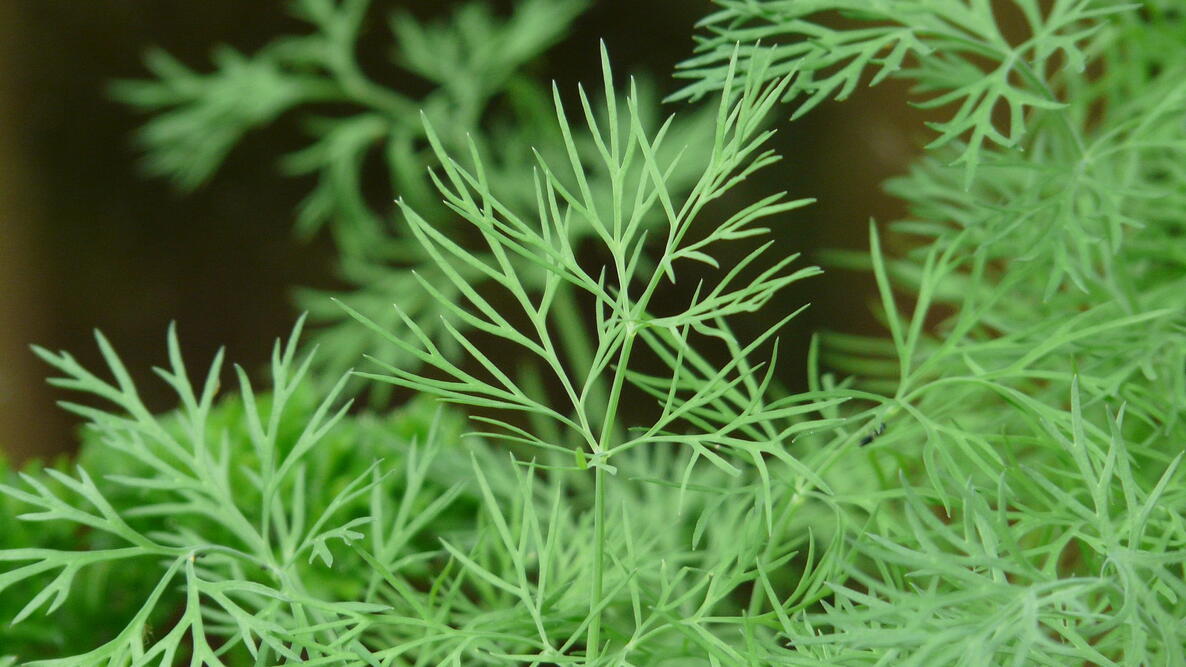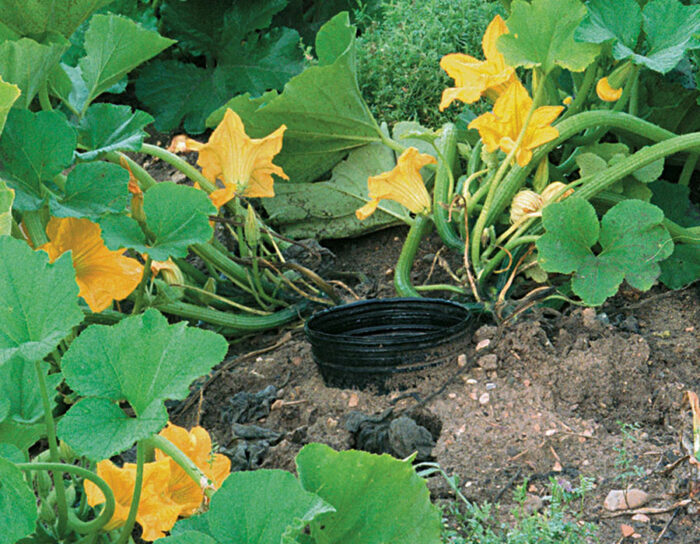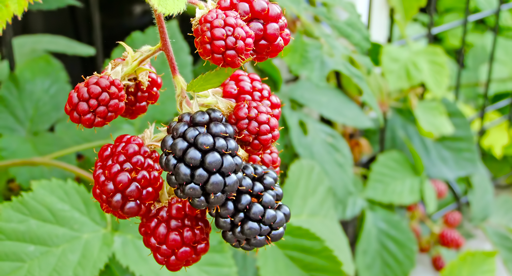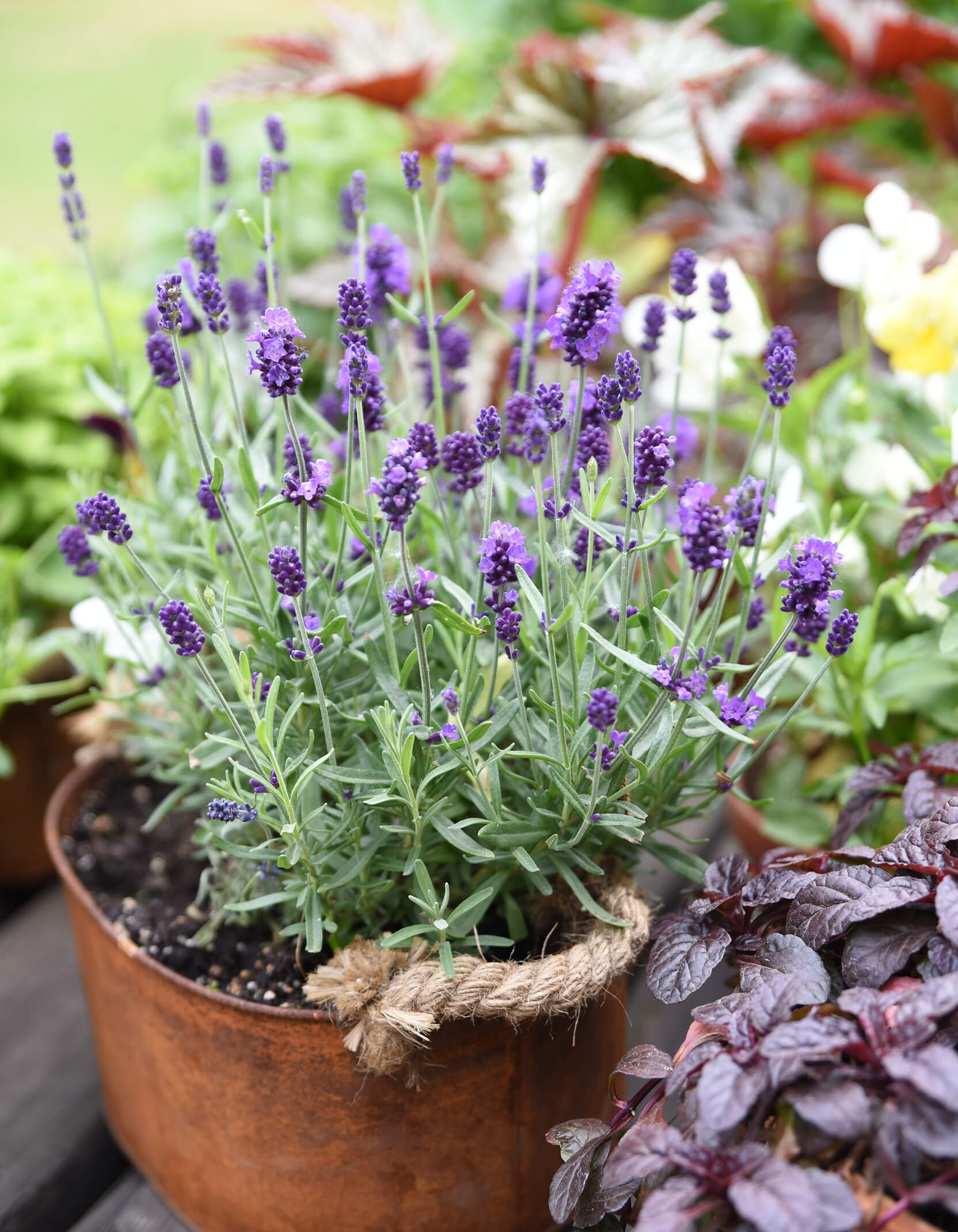The Ultimate Guide To Lemon Balm Companions
The Ultimate Guide to Lemon Balm Companions
Lemon balm is a delicious and versatile herb that can be used in a variety of dishes, teas, and even cosmetics. It is also a great companion plant, meaning that it can be grown alongside other plants to benefit both of them.
In this blog post, we will discuss the best companion plants for lemon balm, as well as why they are beneficial. We will also cover some of the plants that you should avoid planting near lemon balm.
Why Use Companion Planting?
Companion planting is a gardening technique that involves planting certain plants together to benefit each other. There are a number of reasons why you might want to use companion planting, including:
- To improve crop yields
- To deter pests and diseases
- To attract beneficial insects
- To improve the overall health of your plants
Best Companion Plants for Lemon Balm
Lemon balm is a great companion plant for a variety of other plants. Here are some of the best companions for lemon balm:
- Dill: Dill is a member of the carrot family, and it helps to deter pests such as carrot flies and cabbage moths. It also helps to improve the flavor of lemon balm.

- Basil: Basil is a popular herb that is often used in Italian cuisine. It helps to repel mosquitoes and other insects, and it also helps to improve the flavor of lemon balm.
- Squash: Squash plants are susceptible to a number of pests, including squash bugs and cucumber beetles. Lemon balm helps to deter these pests, and it also helps to improve the pollination of squash flowers.

- The Brassica family: This family includes plants such as broccoli, cauliflower, and cabbage. Lemon balm helps to deter pests that attack these plants, such as cabbage moths and aphids.

- Peas: Peas are a nitrogen-fixing plant, which means that they can help to improve the nitrogen content of the soil. This is beneficial for lemon balm, as it is a heavy feeder.
- Berries: Berries are a good source of food for beneficial insects, such as bees and butterflies. These insects help to pollinate lemon balm, which can improve the yield of berries.

- Radishes: Radishes are a fast-growing crop that can help to suppress weeds. They also help to improve the drainage of the soil, which is beneficial for lemon balm.
- Carrots: Carrots are a member of the same family as dill, and they have similar benefits. They help to deter pests and improve the flavor of lemon balm.
Plants to Avoid Planting Near Lemon Balm
There are a few plants that you should avoid planting near lemon balm. These plants include:
- Lavender: Lavender and lemon balm have similar scents, and they can compete with each other for pollinators.

- Fennel: Fennel has a strong scent that can be overpowering for lemon balm.

- Black walnut trees: Black walnut trees release a toxin that can stunt the growth of lemon balm.

Conclusion
Lemon balm is a great companion plant for a variety of other plants. By planting lemon balm alongside these plants, you can improve your crop yields, deter pests, and attract beneficial insects.
FAQ of lemon balm companion
Q: Is lemon balm a companion plant?
A: Yes, lemon balm is a companion plant. It can be planted near other herbs and vegetables to help repel pests, attract pollinators, and improve the overall health of the garden.
Q: What is lemon balm a good companion for?
A: Some of the best companion plants for lemon balm include:
- Dill: Dill helps to repel pests such as cabbage moths and aphids.
- Basil: Basil helps to attract pollinators such as bees and butterflies.
- Squash: Squash helps to improve the flavor of lemon balm.
- Broccoli: Broccoli helps to deter pests such as cabbage moths.
- Cabbage family: The cabbage family helps to deter pests such as cabbage moths.
- Cauliflower: Cauliflower helps to deter pests such as cabbage moths.
- Hollyhocks: Hollyhocks help to attract pollinators such as bees and butterflies.
- Melons: Melons help to improve the flavor of lemon balm.
- Angelica: Angelica helps to repel pests such as cabbage moths.
- Nasturtiums: Nasturtiums help to repel pests such as aphids.
- Squash: Squash helps to improve the flavor of lemon balm.
- Tomatoes: Tomatoes help to deter pests such as aphids.
Q: What are the benefits of planting lemon balm with other plants?
A: There are several benefits to planting lemon balm with other plants. These include:
- Repels pests. Lemon balm can help to repel pests such as cabbage moths, aphids, and spider mites.
- Attracts pollinators. Lemon balm attracts pollinators such as bees and butterflies, which can help to improve the pollination of other plants in the garden.
- Improves soil health. Lemon balm can help to improve the soil health by attracting beneficial insects and microorganisms.
- Improves flavor. Lemon balm can improve the flavor of other plants, such as tomatoes and squash.
Q: How far apart should lemon balm plants be planted?
A: Lemon balm plants should be planted about 18 inches apart. This will give them enough room to grow and spread.
Q: How much water does lemon balm need?
A: Lemon balm needs about 1 inch of water per week. However, it is important to water the plants deeply when you do water them.
Image of lemon balm companion
- Lemon balm and basil. Lemon balm and basil are both Mediterranean herbs that have a complementary flavor profile. Basil adds a touch of sweetness to lemon balm, while lemon balm helps to mellow out the spiciness of basil. These two herbs also attract beneficial insects, such as bees and butterflies.

- Lemon balm and lavender. Lemon balm and lavender are both calming herbs that can help to reduce stress and anxiety. They also have a beautiful fragrance that can be enjoyed indoors or outdoors. When planted together, these two herbs can help to repel pests and attract pollinators.

- Lemon balm and mint. Lemon balm and mint are both mint family members, so they have a similar growing habit. They also have a complementary flavor profile, with lemon balm adding a touch of sweetness to mint. These two herbs can be planted together in a container or in the ground.

- Lemon balm and tomatoes. Lemon balm can help to repel tomato hornworms, a common pest of tomatoes. It can also help to improve the flavor of tomatoes. When planted together, these two herbs can help to create a productive and pest-free garden.
- Lemon balm and broccoli. Lemon balm can help to repel cabbage moths, a common pest of broccoli. It can also help to improve the flavor of broccoli. When planted together, these two herbs can help to create a productive and pest-free garden.


Post a Comment for "The Ultimate Guide To Lemon Balm Companions"